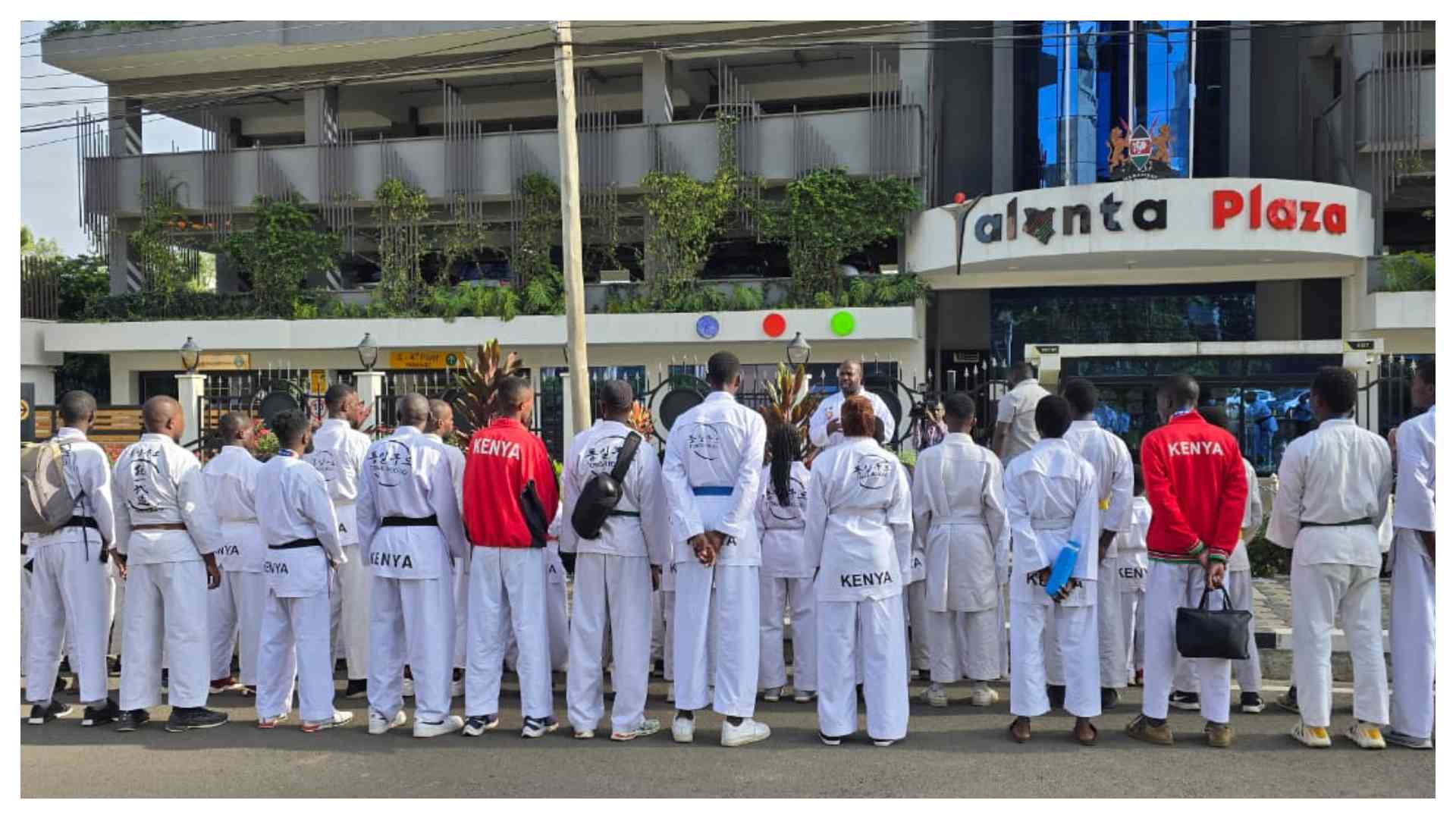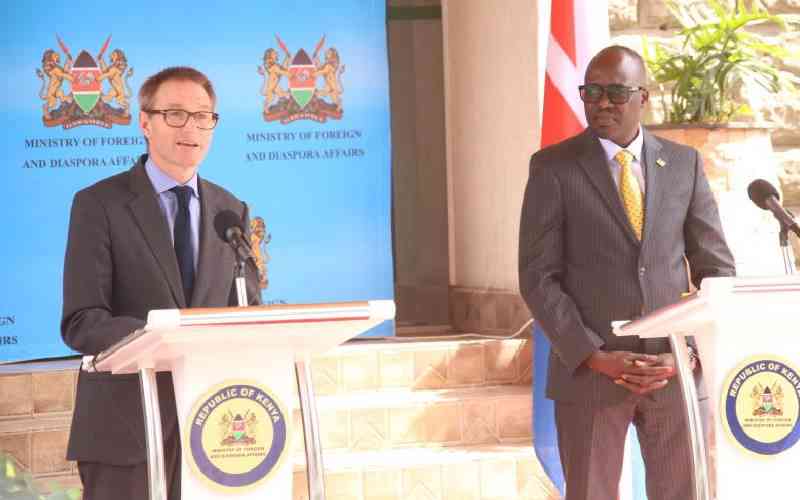By Henry Munene
A few days ago, I reread Ciarunji Chesaina’s Oral Literature of the Embu and Mbeere. It is one of those books I resort to whenever I want to understand not only the myths of origin of my ancestors, but also to compare the oral artforms of our forebearers with those of our children.
First, let me say that by deciding to publish the oral literatures of various communities, Dr Henry Chakava and other literature scholars afforded future generations a chance to know where their people are coming from, especially in the light of globalisation and its erosion of autochthonous cultural values in Africa.
Thus, Okumba Miruka’s Oral Literature of the Luo, Naomi Kipury’s Oral Literature of the Maasai, Chesaina’s Oral Literature of the Kalenjin and Mukami Kabira’s Oral Literature of the Gikuyu, among others, are invaluable efforts to capture and record for posterity a heritage that has within the last decade been battered beyond recognition by the winds of globalisation.
Phased out
One hopes that scholars will also continue to study current art forms, if only to see how we have evolved. In schools, for instance, young children are likely to be caught in a mchongoano session, where things that would normally offend someone are said in public, and instead of a fight breaking out, everyone bursts into laughter. Thus, where one would have found children in a riddle session in the 1970s, the world seems to have moved on.
And it is not only the riddles that have been phased out. In the modern world, you are unlikely to find children huddled around the fireplace as an old man or woman regales them with tales where the hyena is always represented as greedy, the hare as cunning and the snake, the owl and the hornbill as evil.
With conservation efforts drowning out this characterisation, we need to study how children’s stories are being repackaged for modern children. Of course, globalisation has swept some hitherto foreign realities into the world of storytelling. Children in urban academies are more at home with Halloween and Father Christmas than with ogre tales.
New realities
This is not to say that oral literature was handed down in static forms before the arrival of Western literature. No; every time a story was told, it was an entirely new story. This recreation was necessitated by the need to capture new realities.
The need to recreate during every spontaneous performance was also made inevitable by the fact that the stories and songs were not written down to be reproduced, nor stored in any retrieval system, and so it was not possible to reproduce an entire narrative in its previous form. But studying these forms, even in their fast-changing versions, has enabled us to take a peek into the time before we were born.
We also need to study these art forms to see how the didactic role they served, is served today. For instance, songs were supposed to teach moral values and to castigate bad behaviour. Myths of origin were meant to instil a sense of pride in one’s cultural heritage.
So, do modern art forms such as mchongoano meet the needs of our children as far as morality is concerned? If not, how does this absence of creative interventions in shaping upbringing mean for the modern world? Or is it why there is so much delinquency?
We also need to accept the reality of today’s world. We have, on many occasions, heard of scholars dismissing some art forms as shallow. The decision by Kwani? to allow poets to use Sheng and English during the monthly Open Mic comes to mind.
Unlike written literature, where editors have to read scripts and consider many things before making a decision on whether to publish or not, the Kwani? poets, sometimes, create while on stage, leaving the audience gasping for more in the same way an isikuti, gicaandi, mwomboko or any other performer of yore would have electrified a crowd.
Stay informed. Subscribe to our newsletter
In high school and university literary classes, many students would be more at home with a literary blog or Facebook note than a short story published in a book and which conforms to Edgar Allan Poe’s prescription.
Are these not the new forms that we must study if we are to appreciate modern art? Is it not futile for a few of us to try to prescribe to the new world what literary texts they should enjoy?
As an editor, I must confess that when it comes to written literature, it must always pass muster because publishing is not only a mode expression. As Chakava once taught me, publishing is a place between the cathedral and the stock exchange.
This invaluable teaching came with a rider that we cannot dictate where the world is going in terms of literary consumption. Besides, the published book was but a staging post in the journey from the Dead Sea scrolls to the e-book we read on our kindles.
The point I am trying to make is that while there is a difference between literary art and other things, which the literary connoisseurs can guide us on, our scholars, critics and other literary stakeholders must realise that literature is part of culture and is never static. More poignantly, we must study popular art forms and help imbue them with useful values instead of trying to dictate what should interest our children.
 The Standard Group Plc is a
multi-media organization with investments in media platforms spanning newspaper
print operations, television, radio broadcasting, digital and online services. The
Standard Group is recognized as a leading multi-media house in Kenya with a key
influence in matters of national and international interest.
The Standard Group Plc is a
multi-media organization with investments in media platforms spanning newspaper
print operations, television, radio broadcasting, digital and online services. The
Standard Group is recognized as a leading multi-media house in Kenya with a key
influence in matters of national and international interest.
 The Standard Group Plc is a
multi-media organization with investments in media platforms spanning newspaper
print operations, television, radio broadcasting, digital and online services. The
Standard Group is recognized as a leading multi-media house in Kenya with a key
influence in matters of national and international interest.
The Standard Group Plc is a
multi-media organization with investments in media platforms spanning newspaper
print operations, television, radio broadcasting, digital and online services. The
Standard Group is recognized as a leading multi-media house in Kenya with a key
influence in matters of national and international interest.









